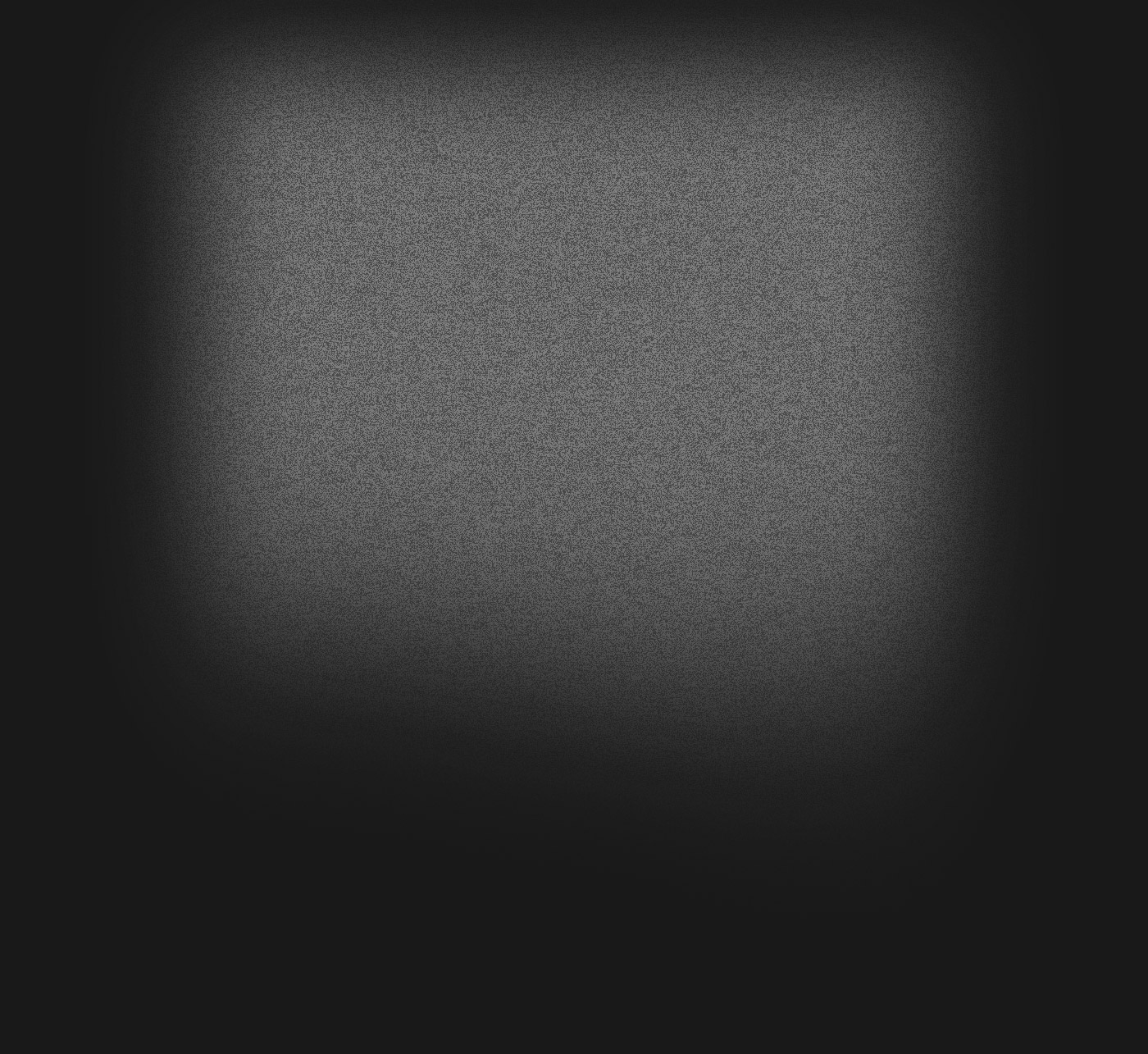
Acrylcolor technology
The principle of co-extrusion
During co-extrusion, the white PVC substructure and the coloured acrylic glass (PMMA) are permanently fused with one another. Acrylic glass is a high-quality product that has proven its qualities in industrial sectors such as the automotive industry (tail lights) and interior design. The vinyl profile acts as a carrier material, while the thin layer of acrylic glass is responsible for the profiles' colouring.

1 The white PVC melt is fed via the main extruder.
2 The coloured acrylic melt mass is added via a co-extruder.
3 The two liquid components are permanently bonded with one another in the co-extrusion tool.
4 To achieve a closed surface and a brilliant colour, the profile surface is polished with a grinding machine.
Scratch-resistant - The hard acrylic surface is scratch-resistant and insensitive. acrylcolor windows are therefore counted amongst the most resistant of construction elements. Measuring around 0.5 mm, the acrylic layer is thicker than any layer of varnish. Should scratches ever appear on the surface, there is sufficient material left over to buff out the scratch.
Benefits of acrylcolor

Low maintenance - The non-porous surface makes acrylcolor windows easy to clean. The elegant brushed effect also makes them insensitive to dirt.
No spalling - Spalling or chipping of the coloured layer is permanently avoided due to the inseparable bond and hard surface.
Colour-fast - Acrylic glass is an extremely colour-stable and light-fast material. Car tail lights are clear proof of the properties of this material.



Cosmetic repairs possible - Should a scratch become visible on the profile in spite of this, it can easily be removed using a Scotch Bright pad.





